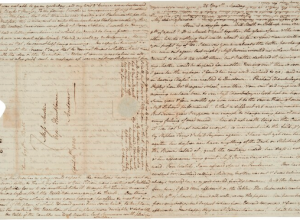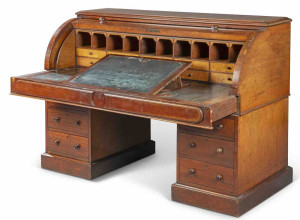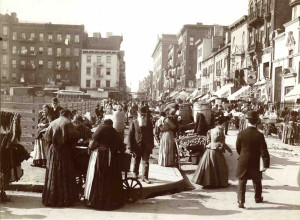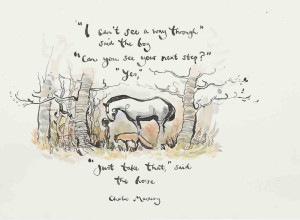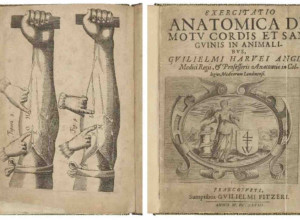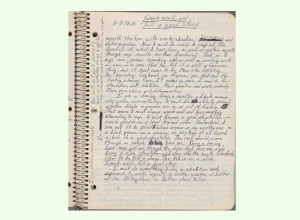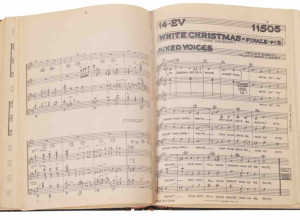Americans today honor the men and women who have served in our armed forces. We regard the payment of pensions and other veteran’s benefits as the fulfillment of our commitment to them and an expression of our appreciation for the sacrifices they have made for us. It has not always been so. Like so many aspects of our national culture, our traditions of honoring veterans are a legacy of the American Revolution. So, too, are pensions and the other benefits that are the tangible expression of our nation’s gratitude.
Over a quarter of a million Americans served in the armed forces that won our independence. Between eighty and ninety thousand of them served in the Continental Army, an all-volunteer army of citizens. Those who survived the war became America’s first veterans—the world’s first veterans of an army of free men. The American republic owed its existence to them, but its citizens found it difficult to acknowledge that debt, much less honor their service. Cultural traditions inherited from Britain, where common soldiers were held in low regard, shaped the way many post-war Americans thought about the former soldiers of the Continental Army. Officers, in their view, might have been motivated by enlightened patriotism, but enlisted men had served for pay. Little else was owed to common soldiers—not even honor.
Most American soldiers returned from their service with nothing more than the personal satisfaction of duty faithfully performed. Officers received land grants and a promise of half pay for life, but Congress made little provision for rewarding the service of enlisted men. Following British practice, Congress provided modest pensions for men disabled in service. Some states provided modest benefits to disabled soldiers and a few gave discharged soldiers land grants in lieu of back pay, but most men discharged in good health received nothing.
The generals who led them were celebrated as heroes, but ordinary soldiers were rarely honored in the first decades after the war’s end. Their fellow citizens came slowly to the realization that the common soldiers of our War for Independence were heroes, too. Those who lived to be old men were finally recognized as honored veterans of a revolution that had created the first great republic of modern times. In 1832 Congress decided to award pensions to the surviving soldiers of the Revolution, as well as their widows and dependents. These were the first pensions paid to veterans without regard to rank, financial distress or physical disability. They reflected the gratitude of a free people for the soldiers who secured their freedom.
America’s First Veterans brings together paintings, artifacts, prints and documents to address the post-war experiences of the men who won the Revolutionary War—not the famous generals and leading officers whose names appear in histories of the war, but rather the junior officers and enlisted men whose stories are less often told. A centerpiece of the show is John Neagle’s arresting portrait of a destitute veteran of the Revolution, painted in 1830 in the midst of the fight for comprehensive federal pensions for the remaining Revolutionary War veterans.
Related Programs:
To mark the inaugural weekend of the exhibition, the museum will be open on Veterans Day (Monday, November 11, 2019) from 10 a.m. to 4 p.m. That evening, the Institute will host a panel discussion on the post-war experiences of American veterans from the Revolutionary War through the present (free admission). Additional public programs will follow through the run of the show.
Tue - Sat 10am - 4pm
Sun 12pm - 4pm
The American Revolution Institute
2118 Massachusetts Avenue NW
Washington, DC
38.9106783, -77.0476763
America’s First Veterans





